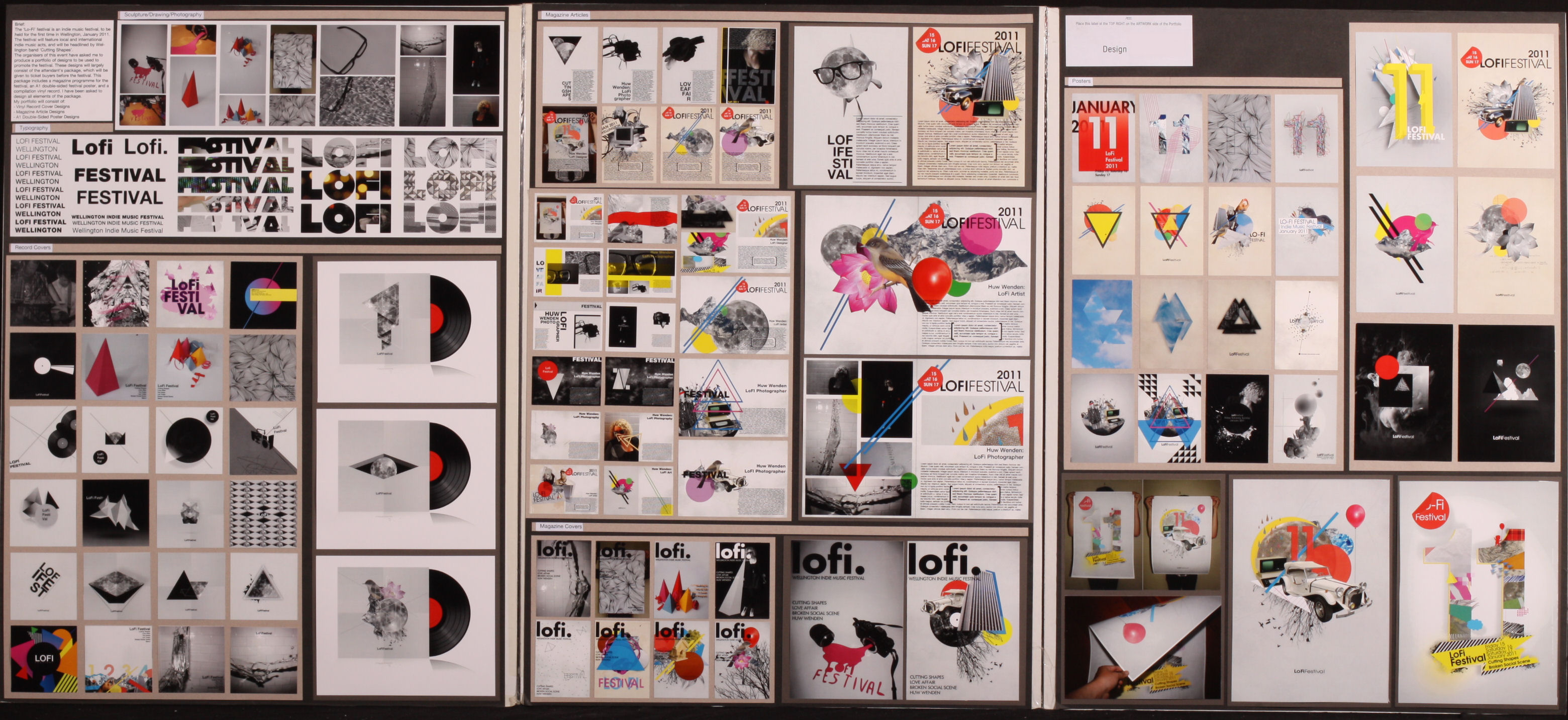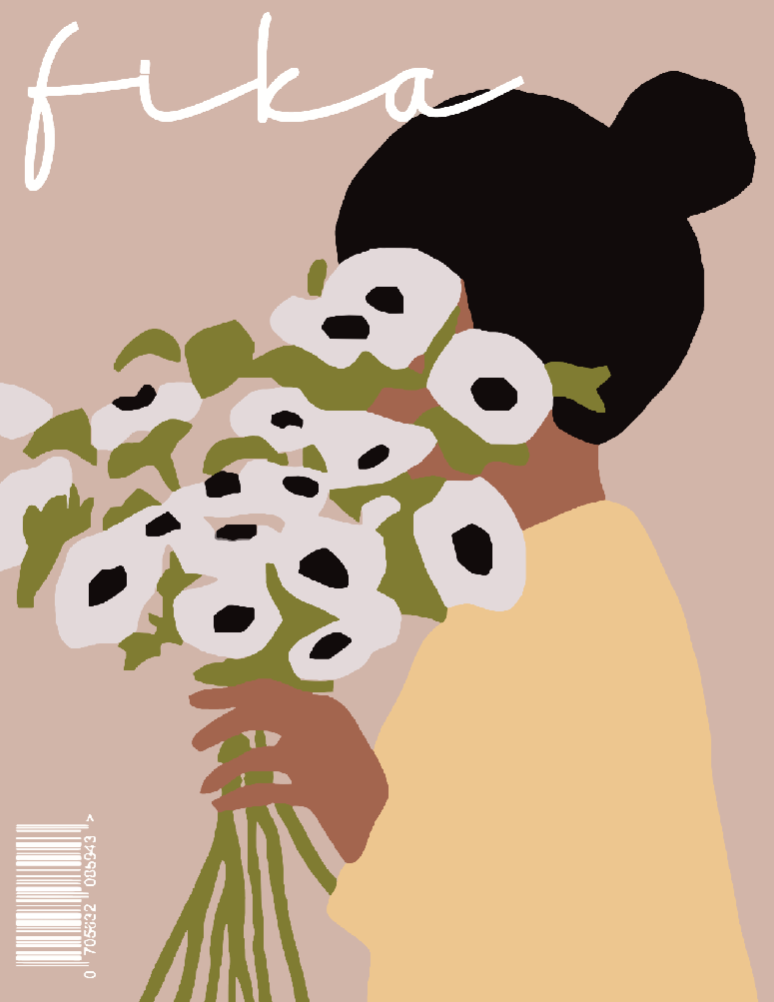How can we manipulate codes and conventions to create representations?
Representation, distribution, consumption and reception of the media, the construction of meaning in the media, and audience engagement with the media all provide students with the inspiration to explore ideas and develop media productions. Students work in two or more media forms to design and create media exercises or productions that represent concepts covered in Area of Study 1.
Students evaluate how the characteristics of their selected media forms, which they design and produce, influence the representations and construction of the productions.
Key knowledge
- stages in the media production process, including pre-production, production and post-production
- media pre-production, production and post-production techniques to represent ideas and achieve particular effects
- media codes and conventions used to construct meaning in media products
- media technologies used to produce representations in a range of media forms
- the characteristics of a range of media representations in media forms
- media production language appropriate to the design, production and evaluation of media representations in a range of media forms.
Key skills
- use media pre-production, production and post-production techniques and processes
- research and apply media design and production techniques to represent ideas and achieve particular effects
- apply media codes and conventions to construct meaning in media products
- operate media technologies to produce representations in a range of media forms
- evaluate the characteristics of a range of media representations in media forms
- use media language appropriate to the design, production and evaluation of media representations in a range of media forms.



Shapers Documentary: By Student
Example of a Documentary Trailer
Beauty Within
Beauty Within TWO
CREATING REPRESENTATIONS AND NARRATIVES USING FORMS AND STYLES
Narratives:
• Tell a fictional or non-fictional story
• Usually have a three act structure (beginning, middle & end)
• Involve a conflict or tension to drive the story forward
• Include a climax near the end which leads to some sort of resolution
• Explore character arcs, which focus on the journey, transformation or demise of characters
• Can exist in all media forms
Documentary ideas in different media forms:
• Short film
• Music video clip
• Photographic series
• Magazines
• Graphic novels
• Website or blogs
• Zines
• Radio plays
• Advertising campaigns
• Podcasts
White Space – Negative Space
What is white space?
Contrary to the name, white space doesn’t just apply to the color white. Rather it applies to any areas of a design not taken up by other elements, such as text, photos or illustrations. White space can be any color, as it refers to the background of the design.
The importance of white space:
While images and fonts communicate a message, white space can be used to enhance and clarify the important information. You’ve probably heard of the phrase ‘less is more’? Well, it’s almost always the case when applied to design.
Documentary in two Media forms
For this assessment task each student is to create a Documentary utilising two different media forms.
You are creating a Documentary creating representations that construct meaning for audience engagement, consumption and reception.
You are to follow the design process:
- Development
- Pre Production
- Production
- Post Production
- Distribution
To the right is a downloadable folio booklet for you to use.
Print Production: By Student






